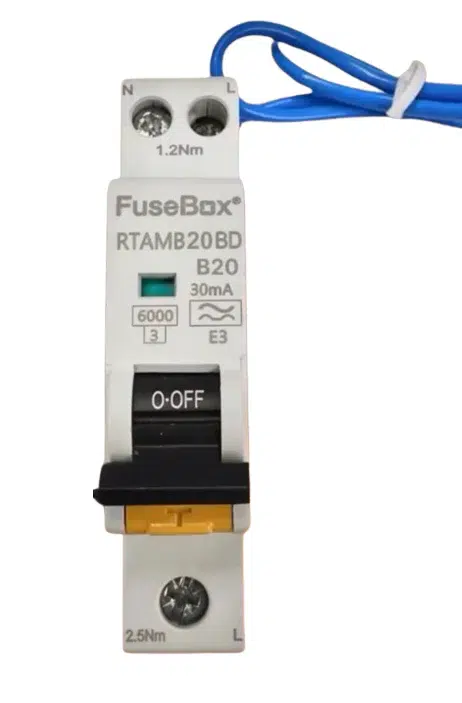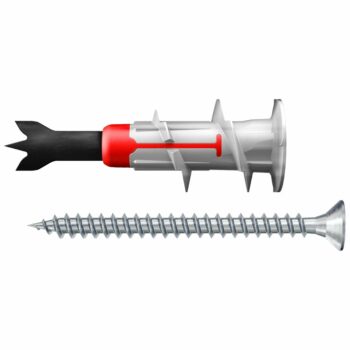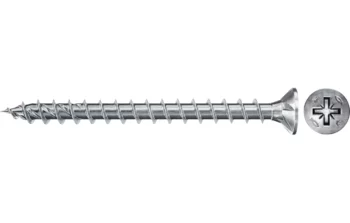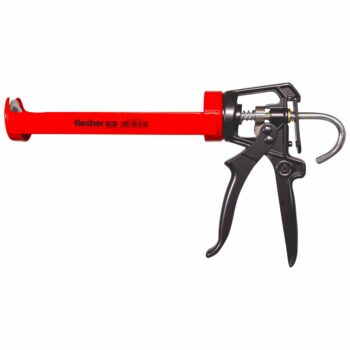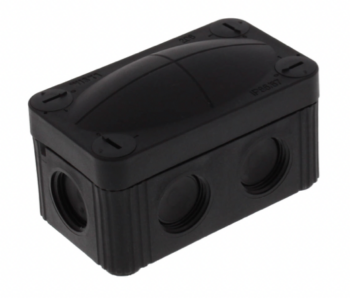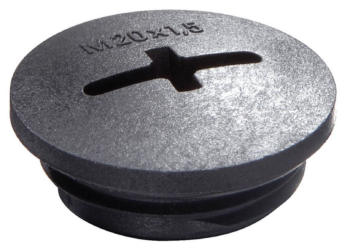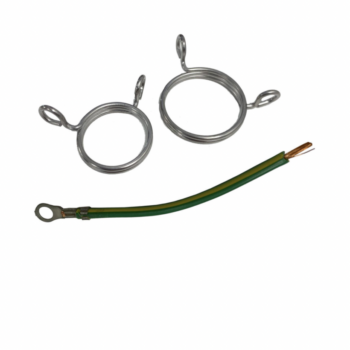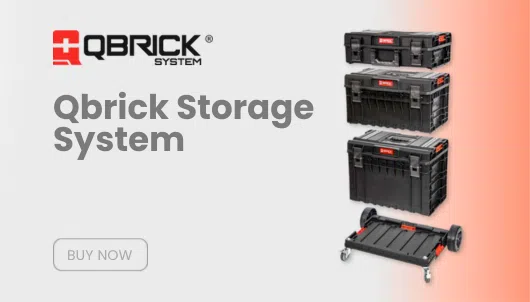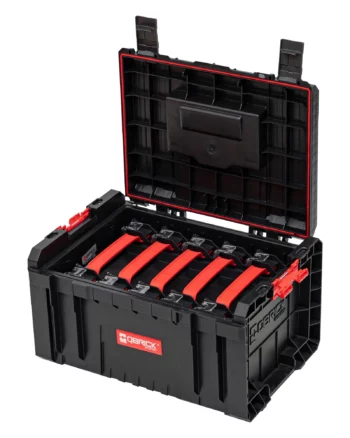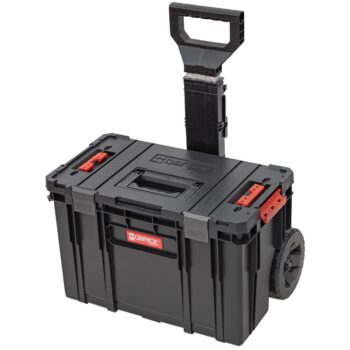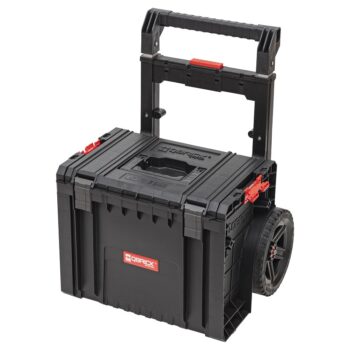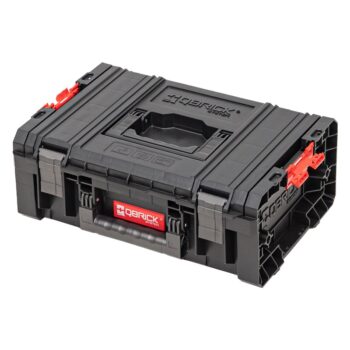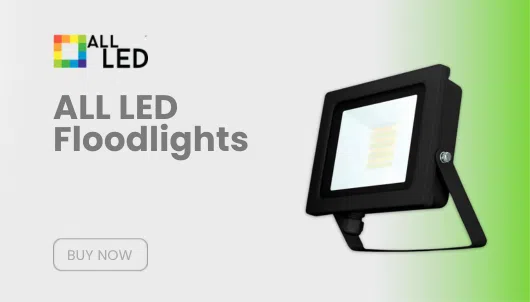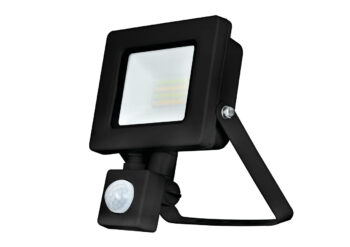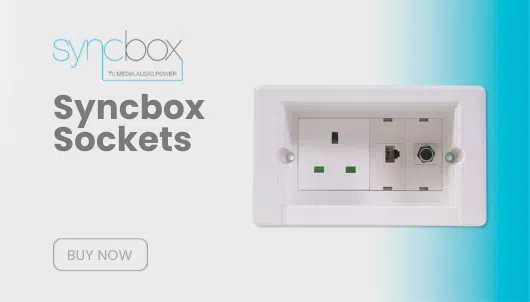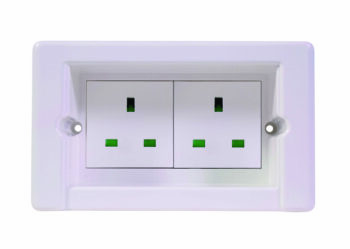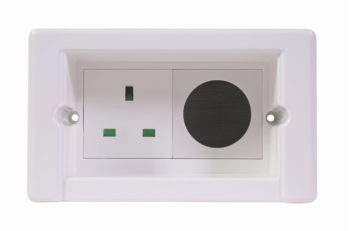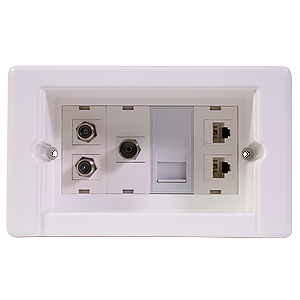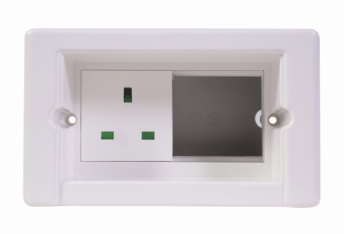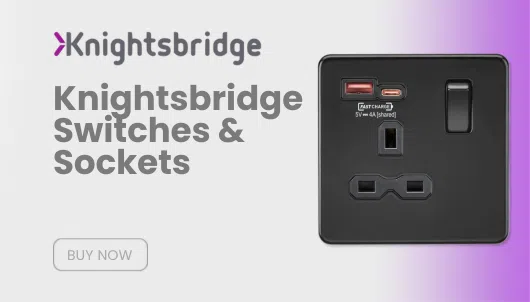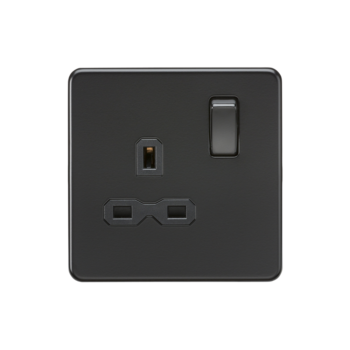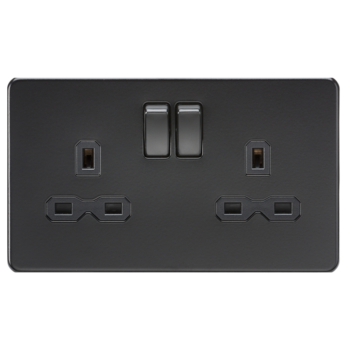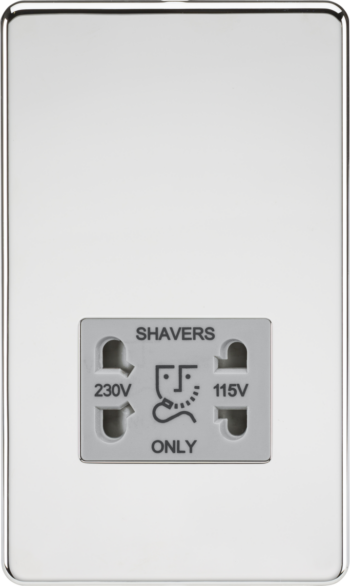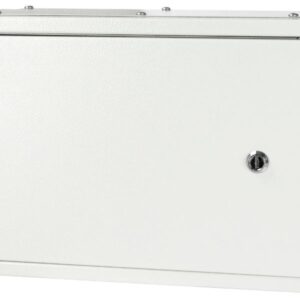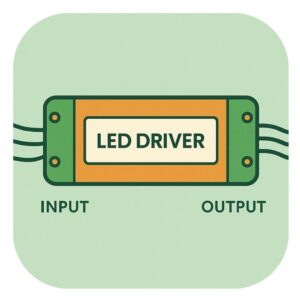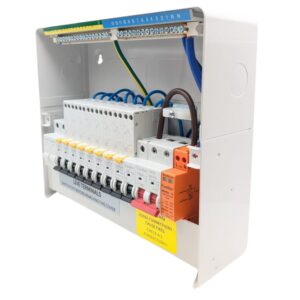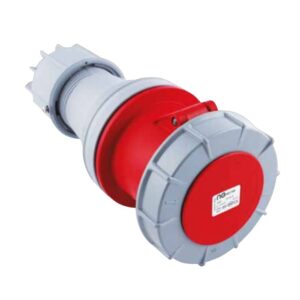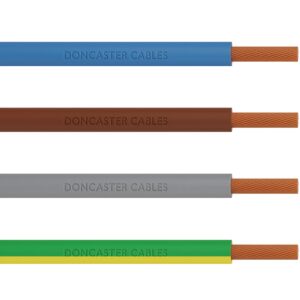The Ultimate Guide to Bidirectional RCBOs
In the evolving world of electrical systems, safety is paramount. As technology advances, the tools that protect our homes and businesses need to keep up. One such tool making waves in the industry is the Bidirectional RCBO. If you’ve been searching for the best way to protect your electrical installations or you’re simply curious about the latest innovations in circuit breakers, you’re in the right place.
In this in-depth blog, we’ll unpack everything about Bidirectional RCBOs: what they are, how they work, and why they’re crucial for modern electrical safety. We’ll also explore the differences between a traditional RCBO and a Bidirectional RCBO, and why a Fusebox Bidirectional RCBO is an excellent choice for safeguarding your circuits.
What is a Bidirectional RCBO?
Before we dive into the finer details, let’s define the term. An RCBO (Residual Current Breaker with Overcurrent protection) is a device that combines the functions of a Residual Current Device (RCD) and a Miniature Circuit Breaker (MCB). It’s a two-in-one protector that helps prevent both earth leakage and overcurrent faults like short circuits or overloads.
However, a Bidirectional RCBO takes things a step further. Unlike a standard RCBO, which typically works in only one direction, a Bidirectional RCBO can function regardless of the power source direction. This makes it ideal for systems that involve renewable energy sources, such as solar panels, where electricity can flow in both directions—into the building from the grid or from the building back to the grid.
Key Benefits of a Bidirectional RCBO:
- Dual functionality: It protects against both residual current (earth faults) and overcurrent (overload or short circuits).
- Bidirectional capability: Protects in both directions, making it essential for modern, renewable energy systems.
- Enhanced safety: It ensures total electrical protection, reducing the risk of fire or electrocution.
Why Does Bidirectionality Matter in Electrical Circuits?
Bidirectionality is not just a fancy buzzword—it’s crucial for today’s electrical setups. With the rise of renewable energy, particularly solar and wind power, many households and businesses now generate electricity. In such cases, the power doesn’t always flow in a single direction (from the grid to your appliances). Sometimes, excess power is sent back to the grid.
But why is this a problem for traditional RCBOs?
Most traditional RCBOs are designed to detect current leaks and overloads in a unidirectional flow—from the main supply to your circuits. They struggle to monitor and protect circuits when power flows in the opposite direction, like when solar panels send electricity back to the grid. This is where the Bidirectional RCBO shines, providing protection regardless of the direction the current is flowing.
The Importance of Using Bidirectional RCBOs in Renewable Energy Systems
The energy landscape is rapidly shifting towards sustainability. As more households and businesses install renewable energy systems, such as solar panels, the need for Bidirectional RCBOs becomes even more critical. Here’s why:
- Protection in Both Directions: Renewable energy systems often have bidirectional energy flows, which means electricity can flow from the grid to your system and vice versa. A regular RCBO wouldn’t provide full protection, leaving your circuits vulnerable in reverse current situations. A Bidirectional RCBO, however, ensures safety in both directions.
- Compliance with Modern Standards: More regulations are being introduced to ensure that homes and businesses are equipped with the right protection for renewable energy systems. As renewable installations increase, so does the expectation for bidirectional protective devices. Many national standards and building codes now recommend or mandate the use of Bidirectional RCBOs.
- Efficiency in Solar Systems: Solar panels generate DC (direct current), which is converted to AC (alternating current) for home use and can be fed back into the grid. This fluctuating power flow can cause problems for standard protective devices, but a they can handle this complexity smoothly.
How a Bidirectional RCBO Works
You might be wondering, “How exactly does a Bidirectional RCBO operate differently from a traditional one?” While the core function remains the same—protecting against current leakage and overcurrent—the crucial difference lies in its ability to detect and protect in both current directions.
In a typical setup, an RCBO monitors for:
- Residual Current (RCD function): Any imbalance between the live and neutral conductors. If it detects a difference (indicating a fault or leakage to earth), it cuts the power.
- Overcurrent (MCB function): This includes protection against overloads (too much current for too long) and short circuits (where current bypasses the regular circuit).
Now, imagine adding bidirectionality to this. Whether current is flowing from the grid into your home or from your home back to the grid, a Bidirectional RCBO can:
- Detect earth faults regardless of direction.
- Cut power in the case of overcurrent, no matter which way the current is flowing.
Anecdote: Think of it like a traffic light at an intersection. A normal RCBO is like a one-way stop sign—it’s great if cars only travel in one direction. But if traffic starts coming from both ways, you need a more sophisticated system, like a roundabout with signals to control all directions. That’s exactly what these devices do— they ensures safety no matter which way the energy is flowing.
Bidirectional RCBO vs. Standard RCBO: What’s the Difference?
So, what are the specific differences between a Bidirectional RCBO and a standard RCBO? Let’s break it down:
| Feature | Standard RCBO | Bidirectional RCBO |
|---|---|---|
| Current Flow Protection | One Direction (Grid to Load) | Both Directions |
| Application | Traditional Electrical Systems | Renewable Energy + Traditional |
| Protection | Earth Fault, Overcurrent | Earth Fault, Overcurrent |
| Usage in Renewable Systems | Limited | Ideal for Solar and Hybrid Systems |
As we can see, the main distinction lies in the bidirectional protection capability. This feature ensures the Bidirectional RCBO is ready for both modern and traditional electrical systems, especially those integrating renewable energy sources.
Where to Use Bidirectional RCBOs
A Bidirectional RCBO can be used in almost any electrical installation, but it is particularly valuable in:
1. Homes with Solar Panels
As solar panels continue to gain popularity, so does the need for protection that can handle the back-and-forth nature of electricity. Solar systems are prime candidates for Bidirectional RCBOs, as they not only pull power from the grid but also push excess power back.
2. Hybrid Renewable Energy Systems
In setups where you have both a solar system and an energy storage unit (such as a battery), power flows can become more complex. Bidirectional RCBOs ensure that the circuits are protected no matter which way the energy flows—whether you’re drawing from the grid or your battery storage.
3. Electric Vehicle Charging Stations
As EV adoption grows, so do EV charging stations. When energy flows from the car back into the grid (V2G systems), traditional RCBOs aren’t enough to protect the installation. Bidirectional RCBOs are designed to provide this enhanced level of protection.
4. Off-Grid and Microgrid Systems
Microgrids and off-grid systems that involve multiple sources of power generation (like solar, wind, or generators) also benefit from Bidirectional RCBOs. These systems require versatile protection to accommodate the various directions of power flow.
Choosing the Right Bidirectional RCBO
When selecting a Bidirectional RCBO, it’s important to consider reliability, ease of installation, and compliance with industry standards. One of the most reputable products in this space is the Fusebox Bidirectional RCBO.
What makes it stand out?
- Compact Design: It easily fits into most existing fuse boxes without requiring extensive rewiring.
- Robust Protection: Fusebox products are known for their durability and high safety standards, ensuring long-lasting protection.
- User-Friendly: Whether you’re an electrician or a DIY enthusiast, the Fusebox Bidirectional RCBO is simple to install and comes with clear, concise instructions.
Conclusion: The Future of Electrical Safety with Bidirectional RCBOs
The Bidirectional RCBO represents a significant advancement in electrical safety. With the growing trend towards renewable energy and bidirectional power flows, this innovative device is quickly becoming an essential part of modern electrical installations.
Whether you’re looking to protect a solar-powered home, an electric vehicle charging station, or a hybrid energy system, the Bidirectional RCBO provides comprehensive protection and peace of mind. As more systems adopt renewable energy and bidirectional power flows, the demand for this device will only continue to grow.
In the evolving landscape of energy, being equipped with the right tools—like the Fusebox Bidirectional RCBO—is essential. Make sure your home or business is protected, not just for today but for the future of energy.
See our full range of Bidirectional RCBOs here!

